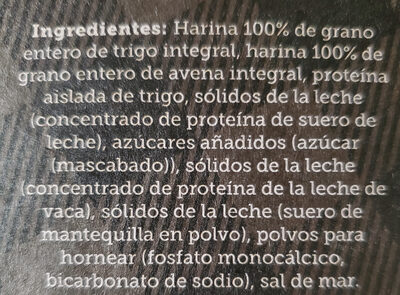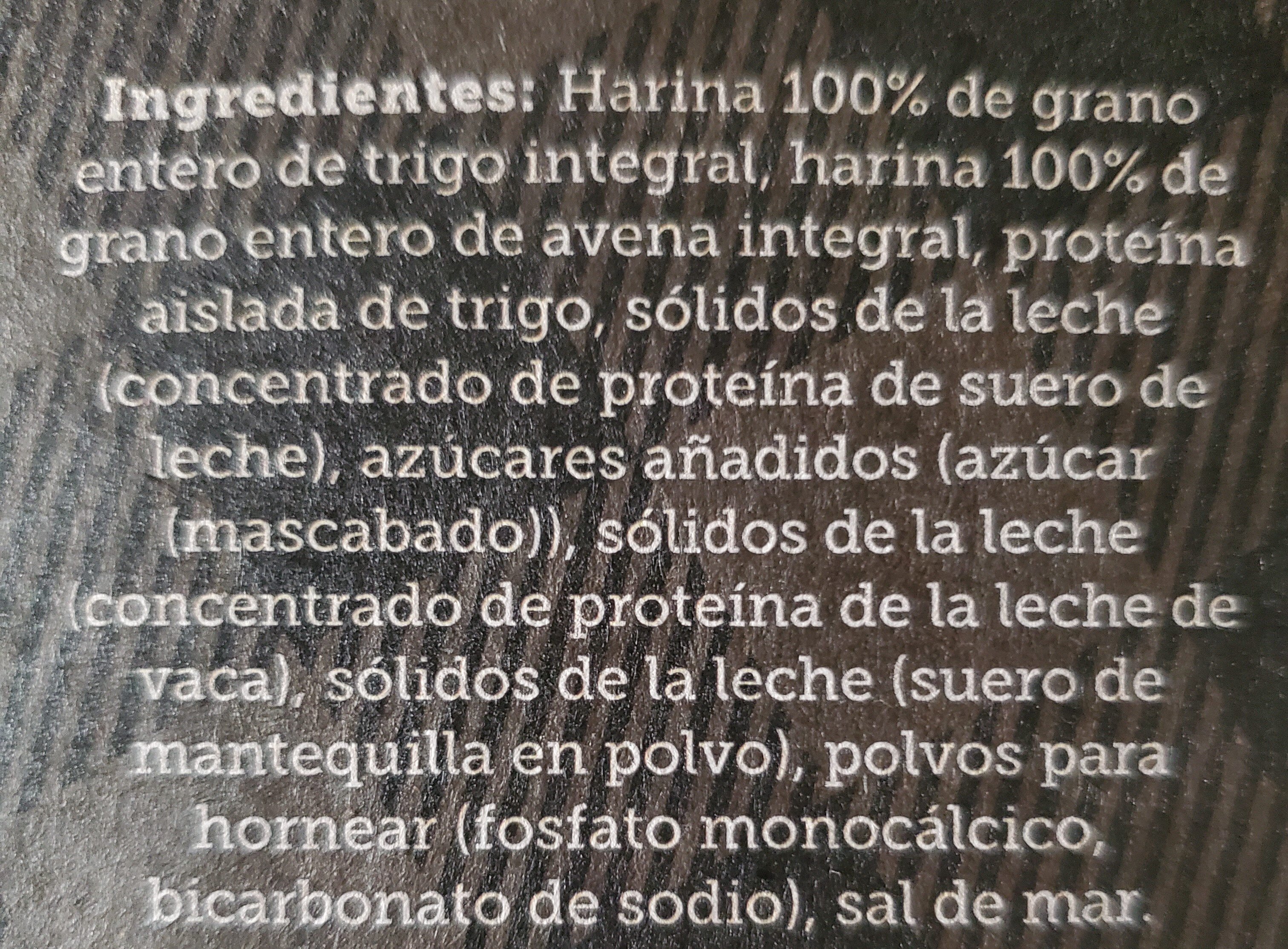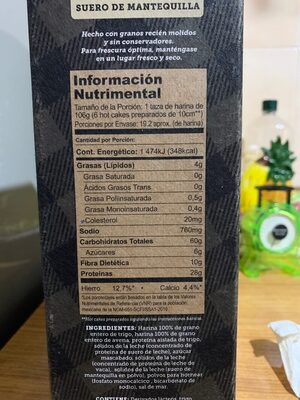Power Cakes - Kodiak - 2.04 Kg
Aquesta pàgina del producte no està completa. Podeu ajudar a completar-la editant-la i afegint-hi més dades a partir de les fotos ja disponibles, o fent-ne més amb l'aplicació de androide o iPhone / iPad. Gràcies!
×
Codi de barres: 0705599014086 (EAN / EAN-13) 705599014086 (UPC / UPC-A)
Quantitat: 2.04 Kg
Empaquetament: en:Box with 3 plastic bags
Marques: Kodiak
Categories: es:Hot cakes
Etiquetes, certificacions, premis: Sense transgènics, Conté gluten
Llocs de fabricació o processament: United States
Enllaç a la pàgina del producte en el lloc oficial del productor: http://kodiakcakes.com
Botigues: Costco
Matching with your preferences
Entorn
Empaquetament
Transport
Report a problem
Fonts de dades
Producte afegit per org-app-elcoco
Última modificació de la pàgina del producte per macrofactor.
La pàgina del producte, també editada per cristypicazo, kiliweb, martini101, openfoodfacts-contributors, packbot, scanbot, yuka.sY2b0xO6T85zoF3NwEKvlkd4SPjiogrhOhrmphWB5MiEEoDTbfFL_9fGYqs.











